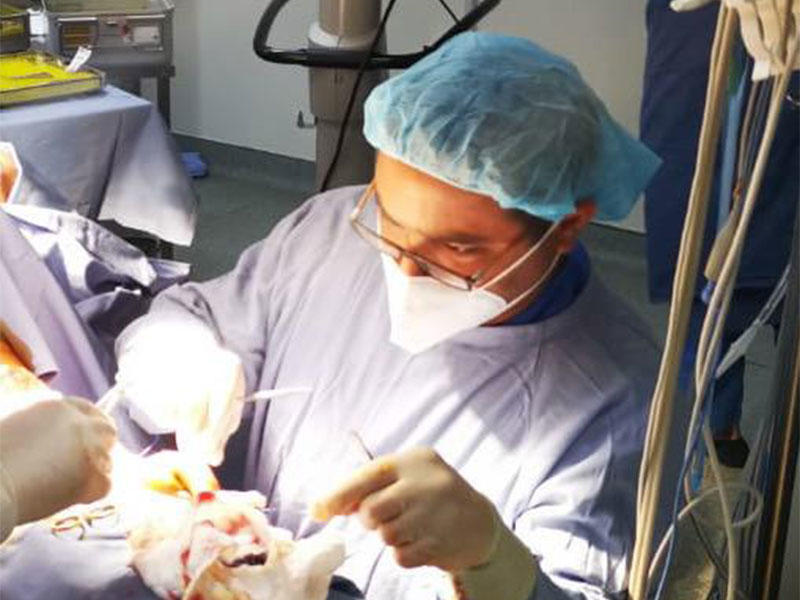Dr. Chadi Murr, Plastic Surgeon and Instructor
We had to resort to stapling lacerations.

The only event that was remotely similar to this experience was from my time as a resident in Pisa, Italy, when we received around 60 victims of a train accident. Most of the injuries there were burns that required heavy skin grafting and reconstruction surgeries.
Thankfully, in this blast, we had only one case of a burn injury and no cases of suffocation. All of the lacerations, even the deep ones, were treatable.
Lacerations caused by glass shards can be very deep and can often damage the muscles and tendons. The children were the hardest to deal with, even those whom we had sedated with local anesthesia. They were terrified and could not stop screaming. In many cases, we operated on the same patient simultaneously, trying as much as possible to attend to fractures and close lacerations.
As we had received patients by the hundreds in the ER, we did not have the luxury of time to stitch them up carefully. Our priority was to close the skin, so we resorted to using medical staples, which close the wounds instantaneously.
This is the opposite of traditional suturing, where the wounds are closed from the inside out. Surgical staples, by contrast, are applied from the outside and therefore cause the skin to scar. Patients who got their wounds stapled were asked to come back to the hospital within 24 hours for suturing.
Nevertheless, many of the patients I saw will require reconstructive surgery within the next four to six months.
Thanks to a generous donation from the Associazione Italiana di Chirurgia Plastica Estetica (AICPE) to the Plastic Surgery Division at LAU Medical Center-Rizk Hospital, Dr. Chadi Murr is providing free plastic surgery to victims of the Beirut blast. For more information, please contact the division at 01-200800 ext. 6531.